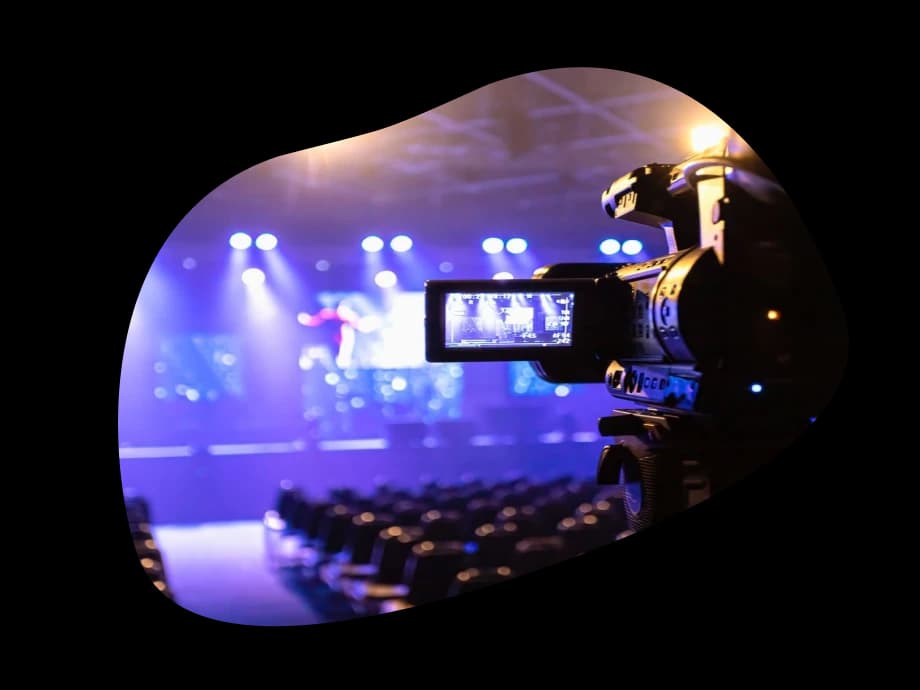Have You Heard?
Education technology company Udemy achieved 95% accuracy on their video content with our speech-to-text API, providing significant improvement in customer satisfaction and accessibility over other vendors.
Supercharge Your Video Capabilities
To adhere to tightening rules around accessibility and cater for the 80% of viewers who now consume mobile videos without sound, you need a speech partner you can trust. Our market leading API delivers unrivaled accuracy across nearly every natively spoken language, regardless of the accent, dialect or demographics of the speaker.

Keep Costs Down
Leverage batched transcription for audio files to ensure maximum efficiency, our API can process an hour of audio in less than five minutes.

Deliver Quickly
Meet the needs of all customers with low latency output and fast-paced results.

Deploy Flexibly
Choose from cloud or OnPrem deployment, or leverage a combination of both, to balance speed to market with the security needs of a variety of customers.

Integrate Quickly
Leverage our open and accessible architecture to integrate our API in six simple steps.

Optimize For Content Creators
Cover 50 languages with matched accuracy and ensure your platform can provide accurate captions for a variety of demographics, dialects and accents.

Optimize For The Viewer
Make captioning as accurate and reflective of speech as possible with advanced formatting of punctuation and casing, and automatic formatting of numerical data.

“”“Selecting a vendor for your needs involves more than “just” looking at how well they execute the primary task at hand. Speechmatics Enhanced and Standard models are still clearly leading the way.”


